Find the Right Electronic Parts Store Near You: A Comprehensive Guide
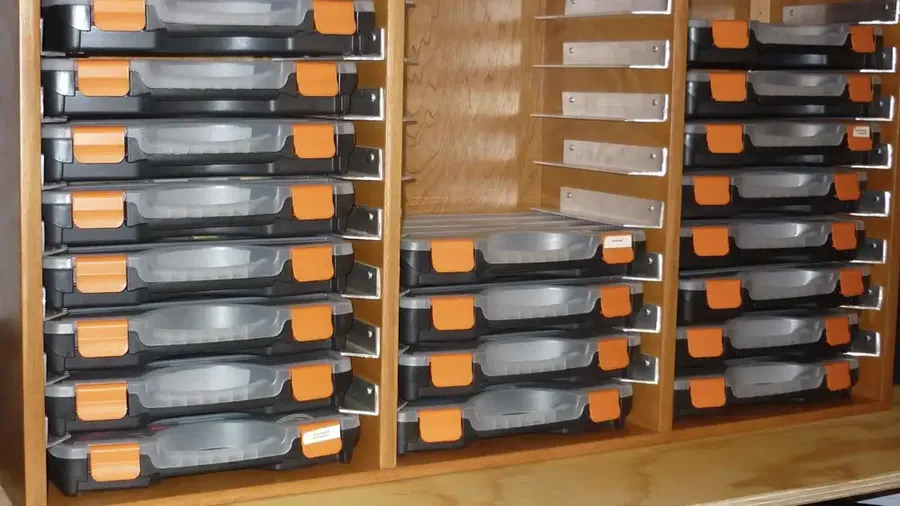
In today's interconnected world, electronic components are the backbone of countless innovations and DIY projects. Whether you're a seasoned engineer or a hobbyist tinkering at home, finding a reliable 'electronic parts store near me' is crucial. This article will guide you through the ins and outs of sourcing electronic components, from brick-and-mortar stores to online retailers, ensuring you get the right parts for your projects, no matter your location.
Why Local Electronic Parts Stores Still Matter

While online marketplaces have become dominant in retail, local electronic parts stores retain significant value for hobbyists, engineers, and repair technicians. The advantages of physical stores—immediate product availability, hands-on inspection, and expert in-person advice—address critical needs that online retail often cannot satisfy.
These stores provide a tangible experience, allowing customers to physically examine components before purchase, which is essential for verifying quality and compatibility. Furthermore, the opportunity to consult with knowledgeable staff can be crucial for troubleshooting and gaining project-specific guidance, particularly for those less experienced in electronics.
Navigating Different Types of Electronic Parts Stores
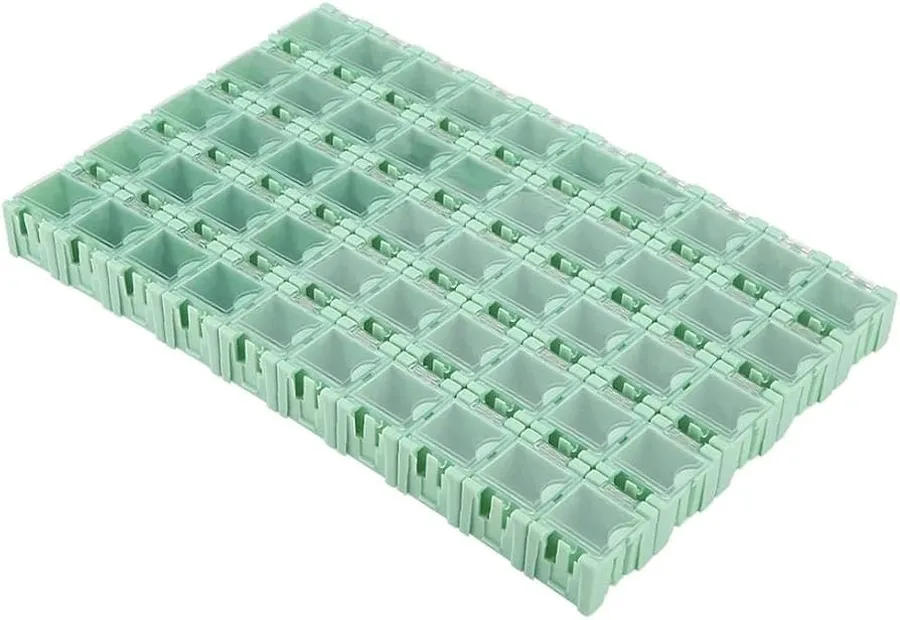
The electronic parts retail landscape encompasses a variety of store types, each catering to distinct needs and preferences. Understanding the differences between these stores—big-box retailers, specialized hobby shops, surplus outlets, and online marketplaces—is crucial for finding the right components at the right price.
| Store Type | Product Selection | Pricing | Expertise | Pros | Cons |
|---|---|---|---|---|---|
| Big-Box Retailers | Limited to common components and consumer electronics | Moderate, often at MSRP | Minimal specialized expertise | Convenient, immediate availability, easy returns | Limited selection, higher prices, less knowledgeable staff |
| Specialized Hobby Shops | Wide range of components, kits, and tools for hobbyists | Moderate to high, depending on specialty components | Expert staff with in-depth knowledge | Good product variety, high-quality components, knowledgeable staff | Can be more expensive, may have less convenient locations |
| Surplus Outlets | Varied, often including discontinued, used, or overstock components | Low to very low, often at significant discounts | Variable; staff may or may not have deep knowledge | Very low prices, chance to find rare or unique parts | Inconsistent stock, potential for low quality, may require careful inspection |
| Online Marketplaces | Extensive product range from many vendors, including hard-to-find items | Very competitive, with a wide price range | Varies significantly; may not offer much direct support | Huge selection, convenient, often lower prices, easy to compare | Shipping times, may not be able to inspect before purchase, variable quality, potential for counterfeit |
Key Electronic Components: What to Expect
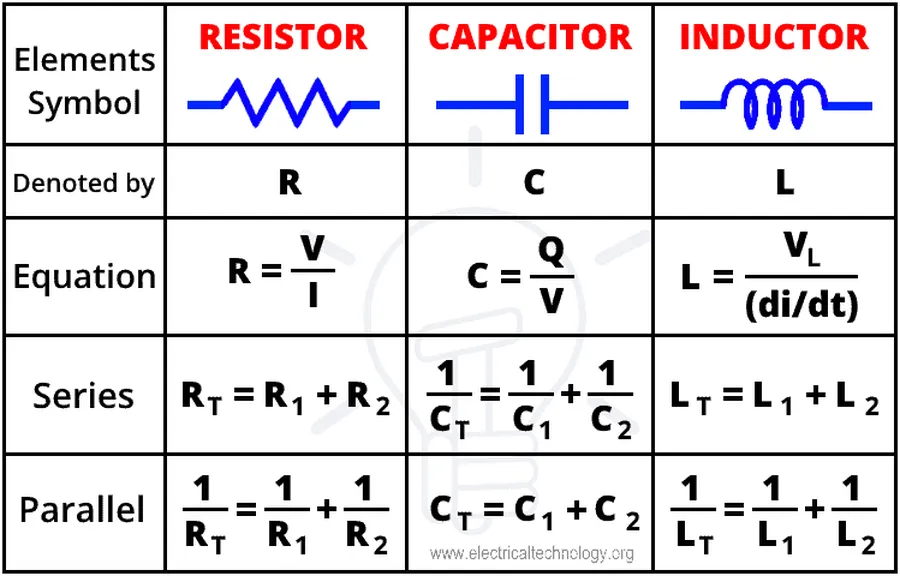
When visiting an electronic parts store, a variety of fundamental components are typically available, each serving distinct roles in circuit design and functionality. Understanding these components is crucial for both hobbyists and professionals in the field. This section outlines the core components you're likely to encounter.
- Resistors
Resistors are passive components that impede the flow of electrical current. They are crucial for controlling voltage and current levels within a circuit. Common types include carbon film, metal film, and wirewound resistors, each with different power ratings and tolerances. - Capacitors
Capacitors are devices that store electrical energy in an electric field. They're used for filtering, smoothing, and energy storage in circuits. Common types include ceramic, electrolytic, and tantalum capacitors, each with varying capacitance values and voltage ratings. - Diodes
Diodes are semiconductor devices that allow current to flow primarily in one direction. They're crucial for rectification, signal modulation, and protecting circuits. Common types include rectifying diodes, Zener diodes, and light-emitting diodes (LEDs). - Transistors
Transistors are semiconductor devices used to amplify or switch electronic signals and power. They're the building blocks of modern electronic devices. Common types include bipolar junction transistors (BJTs) and field-effect transistors (FETs). - Integrated Circuits (ICs)
ICs, often called chips, are complex circuits miniaturized onto a single semiconductor wafer. They contain multiple transistors, resistors, and capacitors. ICs can range from simple logic gates to complex microprocessors. Examples include operational amplifiers (op-amps), timers, and microcontrollers. - Connectors
Connectors are used to join different electrical components or wires together. They ensure reliable electrical connections. Common types include headers, terminal blocks, and various audio/video connectors such as USB and HDMI. - Wires
Wires are conductive strands used to transmit electrical signals or power from one point to another. They vary in material, gauge, and insulation. Common wire materials include copper and aluminum. Understanding wire gauge is crucial for ensuring adequate current carrying capacity. - Switches
Switches are used to open or close an electrical circuit, controlling the flow of current. They range from simple toggle switches to push-button switches, and rotary switches. They are essential for user interaction and control in electronic devices. - Sensors
Sensors are devices that detect and respond to a physical stimulus, such as light, temperature, or pressure. They are crucial for creating interactive and adaptive electronic systems, and convert this input into an electrical signal for further processing. Examples include temperature sensors, light sensors, and accelerometers.
Comparing Local vs. Online Electronic Component Stores
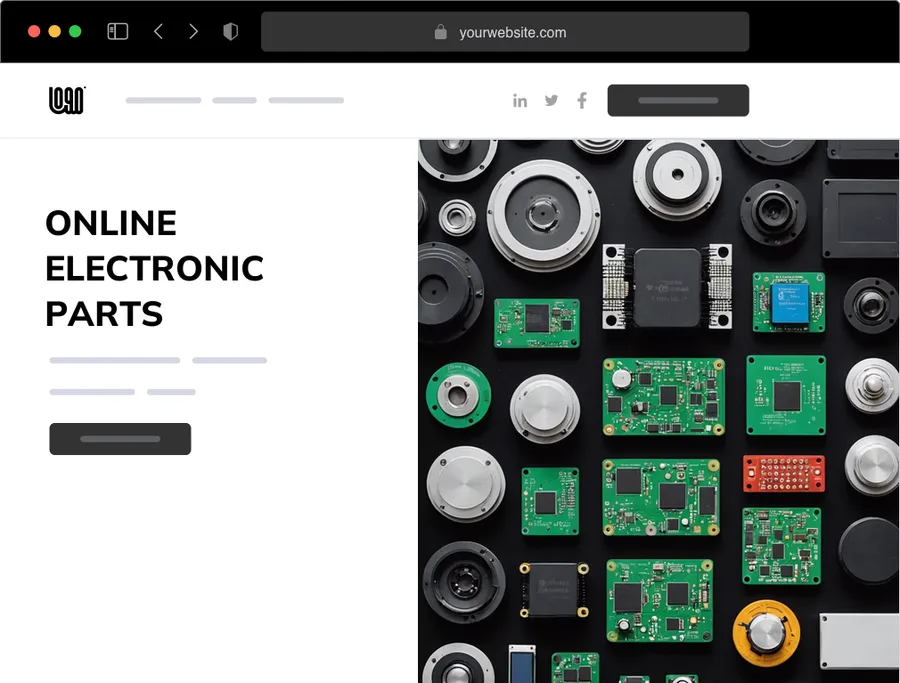
The choice between local brick-and-mortar electronic parts stores and online retailers significantly impacts the purchasing experience. Each option presents distinct advantages and disadvantages, influencing factors such as product range, pricing, convenience, and customer support. Understanding these differences is crucial for making informed decisions based on project needs and personal preferences.
| Feature | Local Electronic Parts Stores | Online Electronic Parts Stores |
|---|---|---|
| Product Range | Typically limited to common components; may lack specialized parts. | Vastly larger selection, including rare and specialized parts; extensive catalogs. |
| Pricing | Generally higher prices due to overhead costs; less competitive pricing. | Often more competitive pricing due to lower overhead and wider market reach. |
| Immediate Availability | Components are available immediately; no shipping delays; excellent for urgent projects. | Requires shipping time; can vary greatly depending on location and shipping method; not ideal for urgent needs. |
| Inspection | Allows physical inspection of components before purchase; crucial for quality assessment. | Inspection not possible before purchase; reliant on product descriptions and customer reviews. |
| Expert Advice | Staff may offer expert advice and recommendations; invaluable for complex projects. | Customer support is typically online; variable levels of technical expertise available. |
| Returns | Returns may be subject to store policies; typically straightforward within set period. | Returns may involve shipping costs; subject to online retailer policies; could be more complex. |
| Customer Experience | Personal interaction; build relationships with local suppliers; convenient browsing in store. | Convenient shopping from home; lacks personal interaction; may have impersonal customer service. |
Frequently Asked Questions About Electronic Parts Stores
Navigating the world of electronic components can be challenging, especially when dealing with local stores. This section addresses frequently asked questions, providing practical insights to ensure a smooth experience whether you're a hobbyist or a professional.
- What should I do if a local electronic parts store has limited stock?
If a local store has limited stock, it's essential to have a backup plan. Start by checking their online inventory or contacting them to inquire about restock times. You might also need to consider alternative stores or online suppliers if your need is urgent. Prioritize components vital to your project and be flexible with brands. - How can I verify the quality of electronic components purchased from a local store?
Verifying quality requires a multi-pronged approach. Examine components for physical defects and markings that match specifications. For more advanced components, datasheets from the manufacturer can be cross-referenced. If possible, test basic components using a multimeter or other testing equipment before purchase. Always try to source from reputable stores and ask about their returns policy. - What are the differences in packaging options for electronic components, and which are best?
Electronic components come in various packaging options such as tape and reel, cut tape, tubes, or loose packaging. Tape and reel is best for automated assembly and preservation of component orientation. Cut tape may be suitable for small quantities. Tubes are common for DIP packages and prevent pin bending. Loose components are typically for very small quantities but are more vulnerable to damage, so try to buy sealed packaging to ensure quality. - How can beginners start learning about electronics and which components should they buy?
Beginners should start with simple projects, focusing on fundamental components like resistors, capacitors, LEDs, and basic integrated circuits (ICs) such as the 555 timer or simple op-amps. Begin with an Arduino or similar microcontroller kits to ease into programming and interfacing with circuits. Buying a breadboard to quickly experiment with these components is also essential. Start with well-documented projects, learn component identification and safety, and gradually tackle more complex electronics design. - Are there any specific tools I should acquire for working with electronic components from local stores?
For hands-on work with electronic components, acquire tools such as a multimeter (for testing voltage, current, and resistance), a soldering iron and solder (for building circuits), wire strippers/cutters, and a breadboard (for prototyping). Consider also purchasing tools like tweezers, a magnifying glass, and an anti-static wrist strap to prevent damage to sensitive electronic components. - Can I return electronic parts to a local store if they are defective or not what I need?
Most reputable electronic parts stores have return policies, but they may vary. Always inquire about the return policy before purchase and keep your receipts. Ensure components are in their original packaging with no signs of use or tampering when returning them. Usually, a replacement or refund can be issued if a defect is detected, or for unused components that are no longer needed. - Where can I find datasheets for the electronic components sold at local stores?
Datasheets are essential for accurate component selection and usage. They are usually available online from the manufacturers’ websites or from reputable component distributor websites. Sometimes, local stores will also have printed copies of common datasheets. Always check that the datasheet matches the manufacturer and model number that are printed on the components.
Tips for Finding the Best 'Electronic Parts Store Near Me'
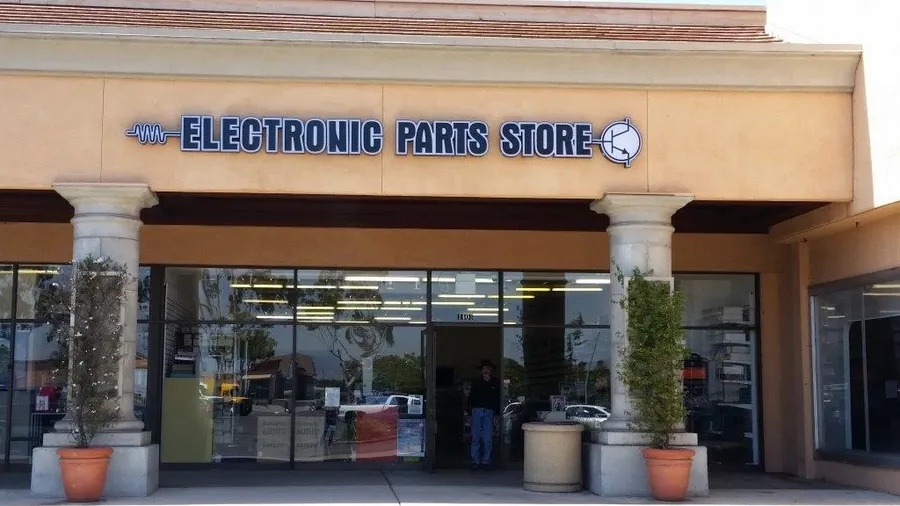
Locating a reliable electronic parts store requires a strategic approach, especially when seeking a 'electronic parts store near me'. This section provides actionable advice on leveraging various resources to identify the best local options.
- Utilize Search Engines Effectively
Start with specific keywords like 'electronic component supplier' or 'hobby electronics store' in conjunction with your location. Experiment with variations to capture different results. For example, try 'electronics repair parts near me' if you're looking for specific components. Review the search engine results page (SERP) for both organic listings and maps. Pay attention to star ratings and customer reviews. - Explore Online Business Directories
Directories like Yelp, Yellow Pages, and Google Maps offer curated listings of local businesses. They often include user reviews, business hours, and sometimes even photos of the store, which is invaluable for assessing the store’s environment and ambiance. Look for stores that consistently receive positive feedback regarding product availability, customer service, and knowledgeable staff. - Engage with Social Media Platforms
Use social media platforms like Facebook groups, forums, and online communities dedicated to electronics enthusiasts or local makers. These are excellent places to ask for recommendations and learn about hidden gems. Local maker spaces often have a list of preferred vendors where they source components. - Scrutinize Customer Reviews
When evaluating reviews, prioritize patterns over single occurrences. A few isolated negative comments might not be indicative of overall experience, but consistent issues raised across multiple reviews are a reliable warning sign. Look for comments about the quality of components, accuracy of listings, how well the staff knows their inventory, and how they handle returns. Pay attention to mentions of the store’s technical expertise and willingness to assist customers in solving electronics problems. - Verify Contact Information and Store Hours
Ensure that the store's contact information is current. A functional website, active phone number, and updated hours of operation are all signs of a well-managed business. If the location is not easy to find, check reviews to see if other customers have had difficulty finding the location. Before visiting, confirming their opening times can avoid wasted travel time.
How to Choose the Right Components for Your Project
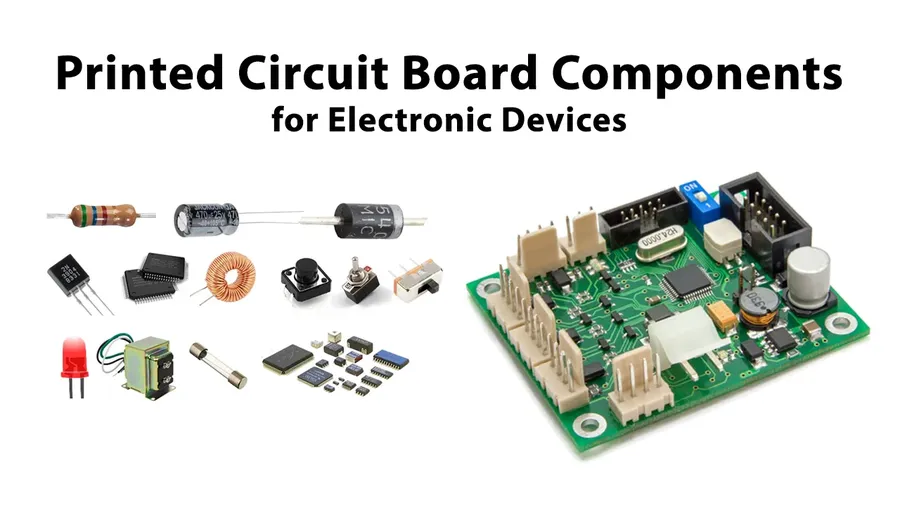
Selecting the correct electronic components for a project is crucial for its success, requiring a clear understanding of project needs, component specifications, and safety protocols. This section will guide you through the process of choosing the appropriate electronic parts, ensuring compatibility and safe operation.
- Assess Project Requirements
Begin by defining the functional needs of your project. Determine the necessary operating voltage, current, frequency, and environmental conditions the components must withstand. A detailed project plan is essential before you start selecting specific parts. - Component Specifications
Every electronic component has a datasheet that outlines its electrical and physical characteristics. Understanding terms like capacitance, resistance, tolerance, and power rating is crucial. Ensure that the specifications meet or exceed the project demands. Consider temperature and other environmental factors that can affect performance. - Component Compatibility
Verify that the selected components are compatible with each other and the overall circuit design. For example, the output voltage of one component should align with the input requirements of the next. Incompatibility can lead to damage or malfunctions. - Testing Components
Before integrating components into the final circuit, test them individually to confirm they are functioning correctly and meeting specifications. Use tools like multimeters to check basic parameters like resistance, voltage, and current. - Safety Precautions
Always consider safety when handling electronic components. Observe safe voltage and current levels, use proper grounding techniques, and wear appropriate personal protective equipment when soldering or dealing with sensitive components. - Best Practices
Implement best practices to ensure a reliable and safe system. This includes using high-quality components from trusted suppliers, documenting your project as you proceed, and keeping a record of testing results. Adhering to established industry standards can also minimize risk.
The Future of Electronic Parts Stores
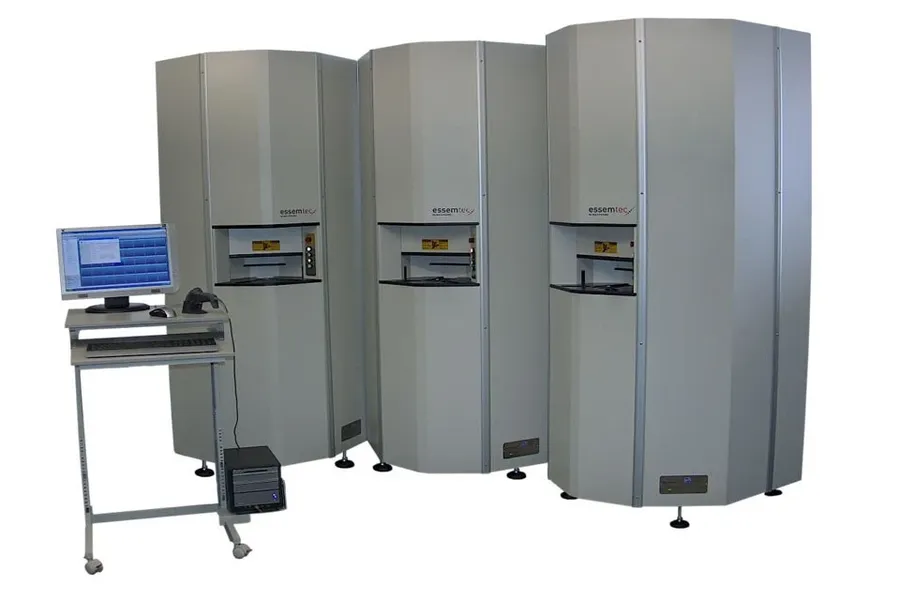
The electronic component supply landscape is undergoing a significant transformation, driven by technological advancements, evolving market dynamics, and the escalating demand for DIY electronics. These factors are reshaping the roles and strategies of both physical stores and online retailers in the electronics sector, demanding adaptability and innovation to meet future needs.
Several key trends are influencing the future of electronic parts stores:
- Increased Online Sales
E-commerce platforms continue to gain traction, offering an extensive range of components, competitive pricing, and the convenience of home delivery, impacting the traditional brick-and-mortar model. - Rise of Specialized Online Marketplaces
Online marketplaces specializing in specific niches of electronic components, such as vintage parts or industrial-grade components, are emerging to meet the demands of diverse customer segments. - Adoption of Advanced Technologies
Technologies such as AI-powered inventory management, AR-based product previews, and automated logistics are being incorporated to enhance operational efficiency and customer experience. - Growth in DIY Electronics and Maker Movement
The growth in the maker movement and DIY electronics is boosting demand for a diverse range of electronic components, with an increasing need for both standard and unique parts. - Emphasis on Sustainable Practices
There is a growing focus on sustainable sourcing, eco-friendly packaging, and proper disposal of electronic waste, driven by both consumer demand and environmental regulations. This is influencing how parts stores source and handle components. - Supply Chain Resilience
The recent supply chain disruptions have led to a growing emphasis on building resilient supply chains, with a focus on diversification of suppliers and strategic inventory management.
Finding the right 'electronic parts store near me' doesn't have to be daunting. By understanding the types of stores available, their pros and cons, and applying practical tips, you can reliably source the components you need for your projects. Whether you opt for a local visit or online shopping, always prioritize quality and reliability to ensure your electronics endeavors are a success. Remember, the right components are the foundation of any great project, and the ability to quickly source these supplies from a nearby location can greatly enhance the process.
 AnyPCBA
AnyPCBA